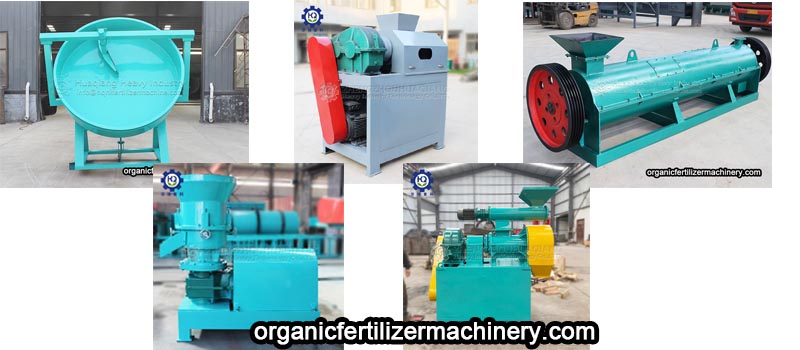In many areas of industrial production and daily life, granulators play an indispensable role as "material shapers." Their core function is to process raw materials in powder, molten, or block form into uniform and regular granular materials through physical or chemical methods. Combining practicality and economy, they have become key equipment connecting raw materials and end products.

The working logic of a granulator revolves around "forming" and "optimization." For polymer materials such as plastics and rubber, it first melts the raw materials through heating, and then produces uniformly sized granules through extrusion and cutting processes. These granules facilitate subsequent injection molding and extrusion processes, significantly improving production efficiency and reducing raw material loss. In the chemical industry, some powdered chemical raw materials are prone to clumping and difficult to transport. Granulators use processes such as bonding and extrusion to granulate them, solving the dust problem during storage and transportation, and precisely controlling the particle composition to ensure the stability of subsequent reactions.
Agriculture is an important application scenario for granulators. In fertilizer production, granulators mix basic raw materials such as nitrogen, phosphorus, and potassium with additives to produce slow-release or fast-acting granular fertilizers. This not only makes it convenient for farmers to apply and control the dosage but also reduces fertilizer loss and improves nutrient utilization. In the development of green agriculture, organic fertilizer production lines integrate fermentation, crushing, mixing, and granulation processes to process raw materials such as livestock manure and composted straw into granular organic fertilizers. This achieves resource utilization of agricultural waste, improves soil structure, and meets the needs of ecological planting. In the feed industry, granulators process mixed raw materials such as corn, soybean meal, and minerals into pelleted feed, which avoids selective feeding by animals and improves feed digestibility and absorption, helping to improve the quality and efficiency of the livestock industry.
Furthermore, granulators also play an important role in environmental protection and resource recycling. Waste plastics and rubber, after being recycled, can be processed into recycled pellets by pelletizers and reused in the production of plastic products and building materials, achieving resource recycling. In the biomass energy industry, agricultural and forestry waste such as straw and sawdust are processed into biomass pellet fuel through pelletizers. This fuel boasts high combustion efficiency and low pollution, becoming an environmentally friendly alternative to traditional fossil fuels.
From industrial manufacturing to agricultural production, from resource recycling to new energy development, pelletizers solve many pain points in raw material storage, transportation, and use by changing the form of materials. Their core function of "integrating fragmented materials and organizing dispersed materials" makes them an indispensable key piece of equipment in the modern industrial system, continuously empowering the efficient and green development of various industries.